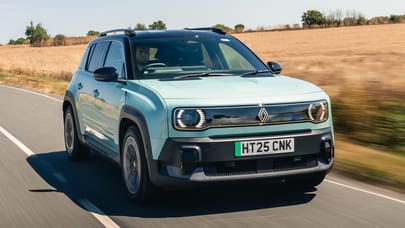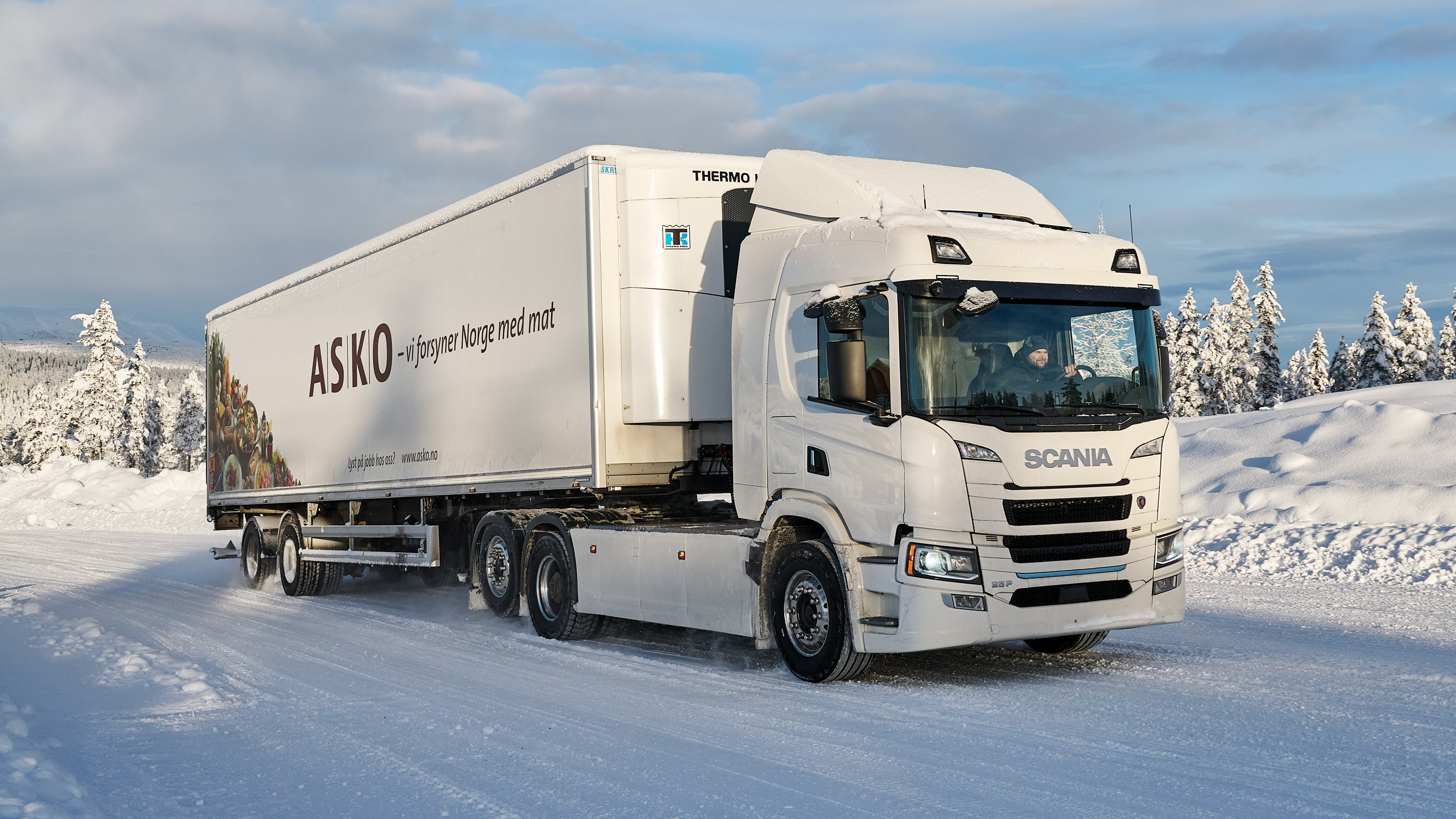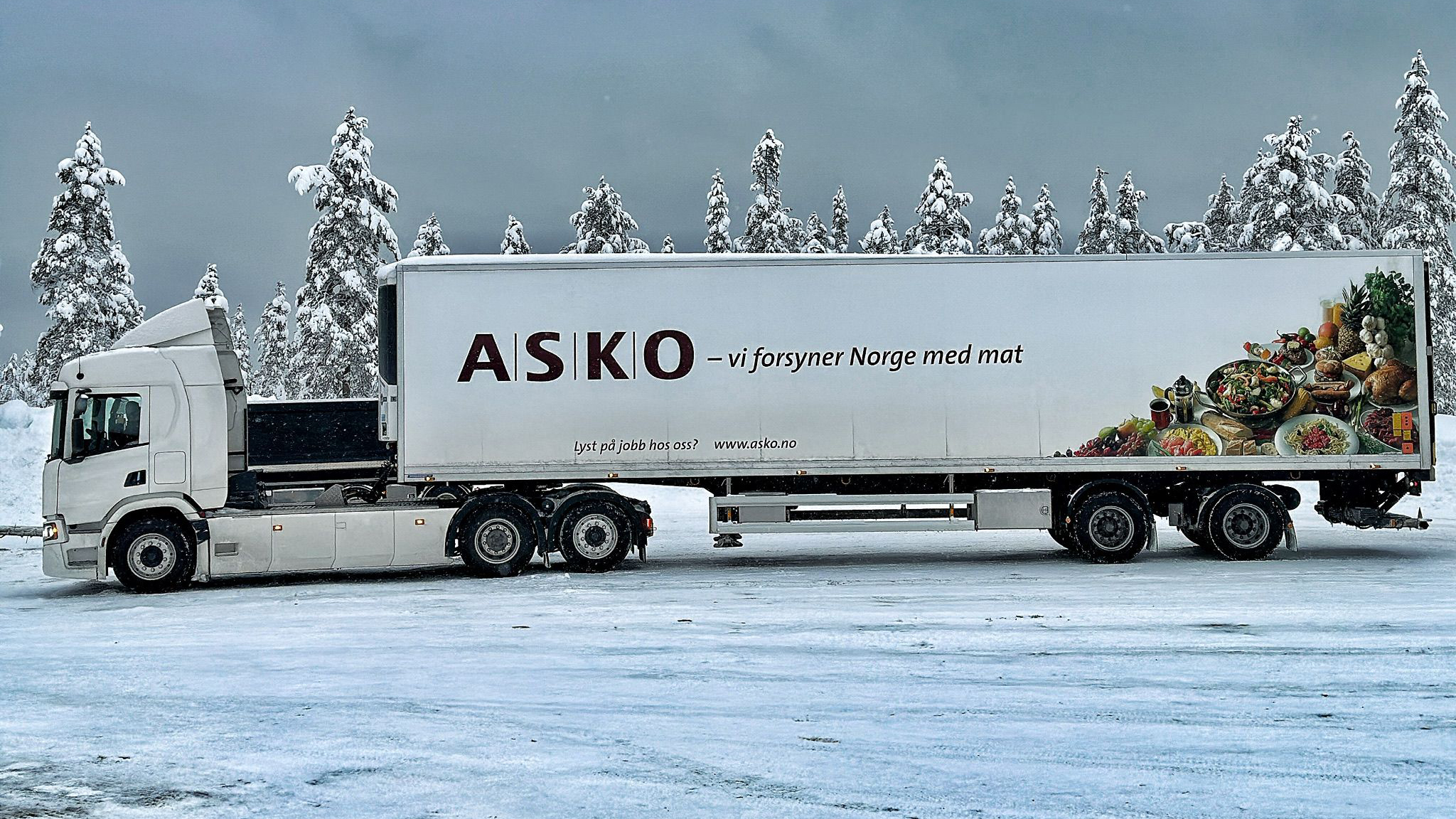
Scania BEV HGV review: watch out Tesla Semi, you’ve got competition
TopGear.com branching out into electric commercial vehicles… didn’t see that coming.
Well, it makes sense. While the world is churning headlong towards electrification, the people that actually keep the literal wheels of commerce turning haven’t been idle. With 36 Tesla Semi electric trucks already doing duty with global megacorp PepsiCo - and more due this year - the attention of industrial electricians has turned towards the haulage and commercial vehicle industry.
We’re not just talking about a Ford e-Transit or VW ID. Buzz Cargo here, either. Big toys, with lots of axles.
In many ways EV trucks make a lot of sense. Smaller, urban-based lorries are usually on multi-drop known routes and return to a hub; useful for charging schedules and civil air quality. Plus they’re quieter and don’t cough out particulate death while idling.
Haulage operations obviously do big distances, but with strict working time directives (a 45-minute break every 4 hours, by Euro law) and harsh penalties for tachograph infringements, most truckers know where they’re going to be, and when. Handy with EVs.
But… er… the obvious thing is that EVs aren’t very good at, y’know, actually towing things?
Absolutely not true. Electric motivation, with all that instant torque, smooth delivery and scaleable power is absolutely brilliant at pulling stuff. The same sort of things that make it the don at off-road driving. The problems are that to tow a decent load any worthy distance, you need a very big battery. And a very big battery needs a lot of charging. And a lot of charging needs serious firepower when it comes to infrastructure provision: if you think you’re going to plug your EV HGV into a three-pin plug, you better be prepared for a fortnight’s stay.
Truck makers have been looking at electric trucks for years, but longer-range wagons need megawatt charging to make them viable, and that doesn’t exist in enough places. Yet. They’re competing with 1,000-mile ranges and 600-litre fuel tanks. Chicken, meet electrical egg. Same old, same old, it seems.
So what are we looking at here?
Essentially Europe’s answer to that Tesla Semi: the Scania BEV HGV. Less space-age-looking, but probably more realistic. Essentially it’s a 4x2 tractor that looks just like any other Scania, but one which can be equipped with up to 624kWh (468kWh useable) of battery tucked up between the chassis rails. The three motors push out about 550bhp - but an absolute avalanche of torque (upwards of 3,000lb ft), and all delivered with the cultured smoothness that only motivated electrons can provide. No herky-jerky trailers here.
And it’ll go 40 miles and then need 4 hours of charging?
Nope. You’re looking at 217-ish miles of real range with a 40-tonne load, 180 with 60-tonnes. Some way short of what the long-distance trucking community would like to see, sure, but headed the right way in terms of hours on the road. And if there were enough big chargers on the go, your Scania BEV would charge on a 375kW charger to full in less than 90 minutes, which could be synced with a break stop.
In the trucking world, it’s all about the ‘uptime’ - or working hours - so managing breaks and loading/unloading time will be the key to making electric trucks work. You’d need charging at destinations, depots, stops - anywhere the truck was standing still - and yes, there would be more co-ordination needed. But it’s not impossible. And that’s before you get into the relative simplicity of electric in terms of wear and tear and the possibility of ‘fuelling’ them up for significantly less than their diesel counterparts.
What about all the other stuff you need with a truck though?
Well, the Scania comes with power-take offs for hook loaders, active battery heating/cooling and the ability to run chilled containers from the traction battery. Using that stuff would inevitably degrade the range, but if you know you’ll be able to charge when you stop - not a problem.
Top Gear
Newsletter
Thank you for subscribing to our newsletter. Look out for your regular round-up of news, reviews and offers in your inbox.
Get all the latest news, reviews and exclusives, direct to your inbox.
And will hauliers need some extra training?
Around the running of the system and making use of the best ways to charge and manage the fleet? Absolutely. But in terms of driving the actual wagon? No. Truck drivers are skilled individuals, and an EV truck is actually easier to drive than a normal one. After all, they let TopGear out in one, and even we couldn’t get it wrong.
It’s as easy as any other electric vehicle. With a six-speed auto ‘box, this particular Scania is no more difficult to drive than a car; just toggle D from the stalk, check your mirrors and toddle away. Even the parking brake is automatic.
Ok, so the potential for accidentally smearing a bus queue across the A47 is the same as it is for any HGV, but from an ease-of-use perspective, it’s really just about spatial awareness. Although TG wasn’t allowed to do any complicated reversing, which tells you something.
Thing is, it makes all of it feel effortless. There’s no need to cycle through a splitter ‘box (where an HGV may have 16 forward gears: you flick a switch once you’re in fourth and start again through the ‘box, again in eighth etc), and electric doesn’t seem to stutter at all between gears. That’s useful on low-grip surfaces, where the pause and torque transfer from one gear to another can cause you to lose traction.
One slip can see an HGV struggle up a greasy incline. In an EV that doesn’t happen, and we know for sure, seeing as we drove these Scanias in Norway where the surface was 73 variations on the theme of ice, grippy ice, or slippy ice. There was a lot of ice. Keeping everything as smooth as possible and maintaining momentum was key, things that EV trucks seem very good at.
Does it make it easier to reverse?
We don’t really know. Mainly because the most complex reversing TopGear attempted merely involved backing down a track. Seeing as though there were several million quid’s worth of plants hanging around, that’s… not unreasonable.
So will we be seeing silent EV lorries queueing for chargers soon?
Not straight away. There are already smaller EV lorries doing duty in urban areas - bin lorries and smaller rigids, especially stuff that can return to a depot for cut-price charging - but the big stuff is likely some way off.
The thing is, it all does make sense: from a physical perspective, electric motivation for trucks seems to absolutely work. It’s just that the costs have to drop and the rest of the infrastructure has to catch up to make them viable and attractive for business. Haulage is as interested in sustainability as any industry, but it has to make financial sense.
Featured

Trending this week
- Car Review
BMW 1 Series
- Top Gear's Top 9
Nine dreadful bits of 'homeware' made by carmakers






